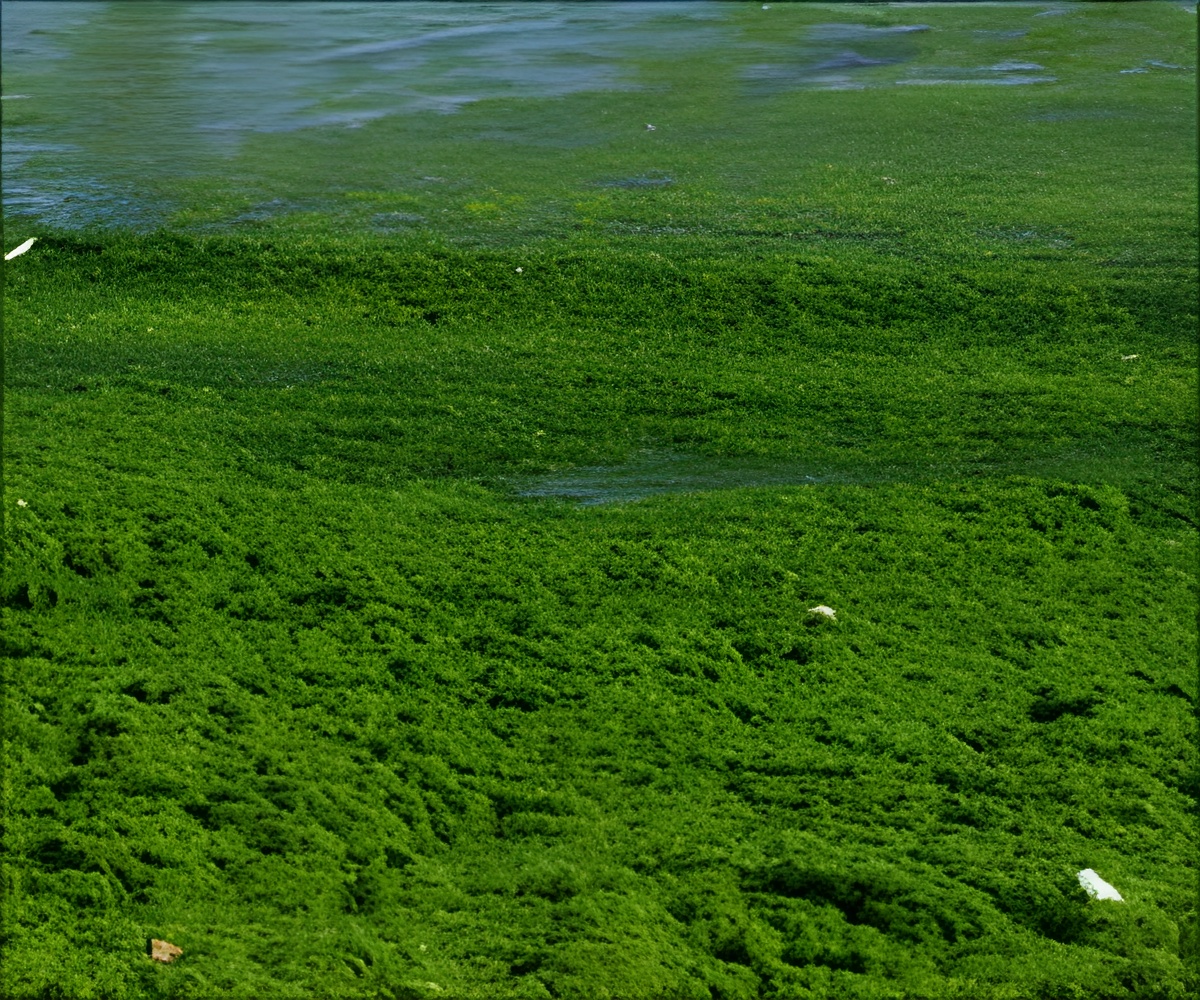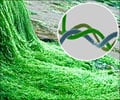It has been predicted that the western Lake Erie will have a significant bloom of cyanobacteria, a toxic blue-green algae, during the 2014 bloom season in late summer

Harmful algal blooms (HABs) were common in western Lake Erie between the 1960s and 1980s. After a lapse of nearly 20 years, blooms have been steadily increasing over the past decade. Since 2008, NOAA has issued weekly HAB bulletins for western Lake Erie through the National Centers for Coastal Ocean Science (NCCOS) to give warnings of bloom development. Also, this marks the third time NOAA has issued an annual outlook for western Lake Erie.
"The reemergence of harmful algal blooms in Lake Erie is an ecological and economic setback for communities along the coast," U.S. Representative Marcy Kaptur said. "NOAA, Ohio Sea Grant, OSU, Heidelberg University and University of Toledo are developing tools to predict and target phosphorus, which will help in the fight to restore balance to Lake Erie's ecosystem, Ohio's greatest natural resource."
"The Lake Erie harmful algal bloom forecast, combined with NOAA's weekly HAB Bulletins, underscores the importance of having accessible and reliable environmental intelligence so the public and environmental health specialists can make informed decisions," said Holly Bamford, assistant NOAA administrator for the National Ocean Service. "With this information, we can work collectively to understand harmful algal blooms and mitigate risk to humans and marine ecosystems."
Source-Eurekalert








